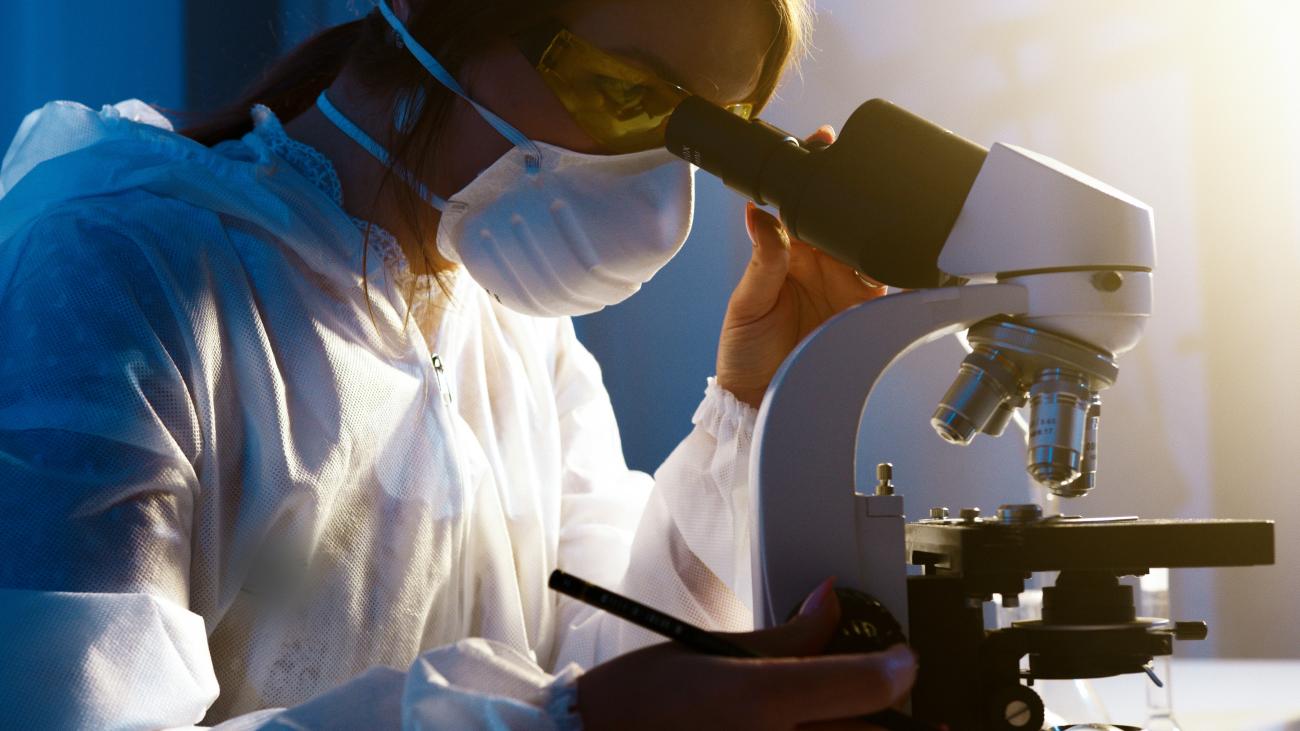Database providing access to the High Technology Network's industrial research offering: research competences, type of analyses and tests available at the Laboratories. Companies can consult the Catalogue to find Laboratories and researchers that match their needs.
Competence
Analysis of chemical compositions and qualitative characteristics of lipid fractions of pig carcasses and thighs
Analysis of grape, fruits and food processing left-overs
Analysis of standards and regulations: laws and guidelines for protected, biological raw material, and processing
Analysis of standards and regulations: laws and guidelines for protected, typical and biological raw material
Biomarker identification to assess the effects of bioactive components in humans
Characterization of products of microbial origin: biomass, metabolites, natural antibiotics. Conversion and transformation processes of food an by-products
Chemical and chemo-physical analysis on meat and vegetal products
Combined stabilization strategies to enhance shelf-life and food safety
Design of new molecular markers for assisted selection (MAS) for vegetal products
Design of new molecular markers for traceability of specific varietal components
Determination of the protein variation during product processing (i.e. dairy and meat products)
DNA samples: preparations and conservation from vegetal materials and plants
Effects of industrial processes on the nutritional qualities of foods
Effects of packaging on the evolution of food microbial population
Evaluation of dietary habits of the population in order to identify risk behaviours and prevention strategies
Evaluation of molecular transformations during food processing
Evaluation of the interactions between food matrix and bioactive components
Evaluation of the organoleptic characteristics of food bioactive components and related food
Evaluation of the physical, chemical, and microbial characteristics of products
Extraction of bioactive components from food waste (polyphenols, omega3 and omega6 fatty acids)
Food traceability by evaluation of functional components
Food traceability by genetic analysis
Food traceability by spectroscopic techniques, NMR, proteomic and peptidomic methods for the identification of ingredients or contaminants
Functional compounds characterization from raw materials, ingredients, food and food industry left-overs
Genetic methods for varietal identification
Human studies for the validation of nutritional/health claims (including analysis of biological samples and statistical analysis of the results)
In silico evaluation of potentially xenoestrogenic compounds
Innovative strategies for microbial control: the use of natural antimicrobials and thermal treatments
Interaction between food microorganisms and gut microbiota
Intruments and services for precision agriculture
Kits for the determination of contaminants, pesticides and pathogens in raw materials
Marker identification for the instrumental detection of desired or undesired microflora: set up of markers or indicators
Market survey and consumer trends towards functional foods
Mathematical modelling for product/process optimization
Methods for the specific and varietal identification based on single components within blends
Microbial analysis, challenge tests, instrumental analyses
Microbial response to environmental stress: optimization of microbial performance
Microbial strain selection for food production: enzymatic, physiological, and genetic characterization
Microbial strain selection: technological characterization
Microbiological activity in food: risk analysis
